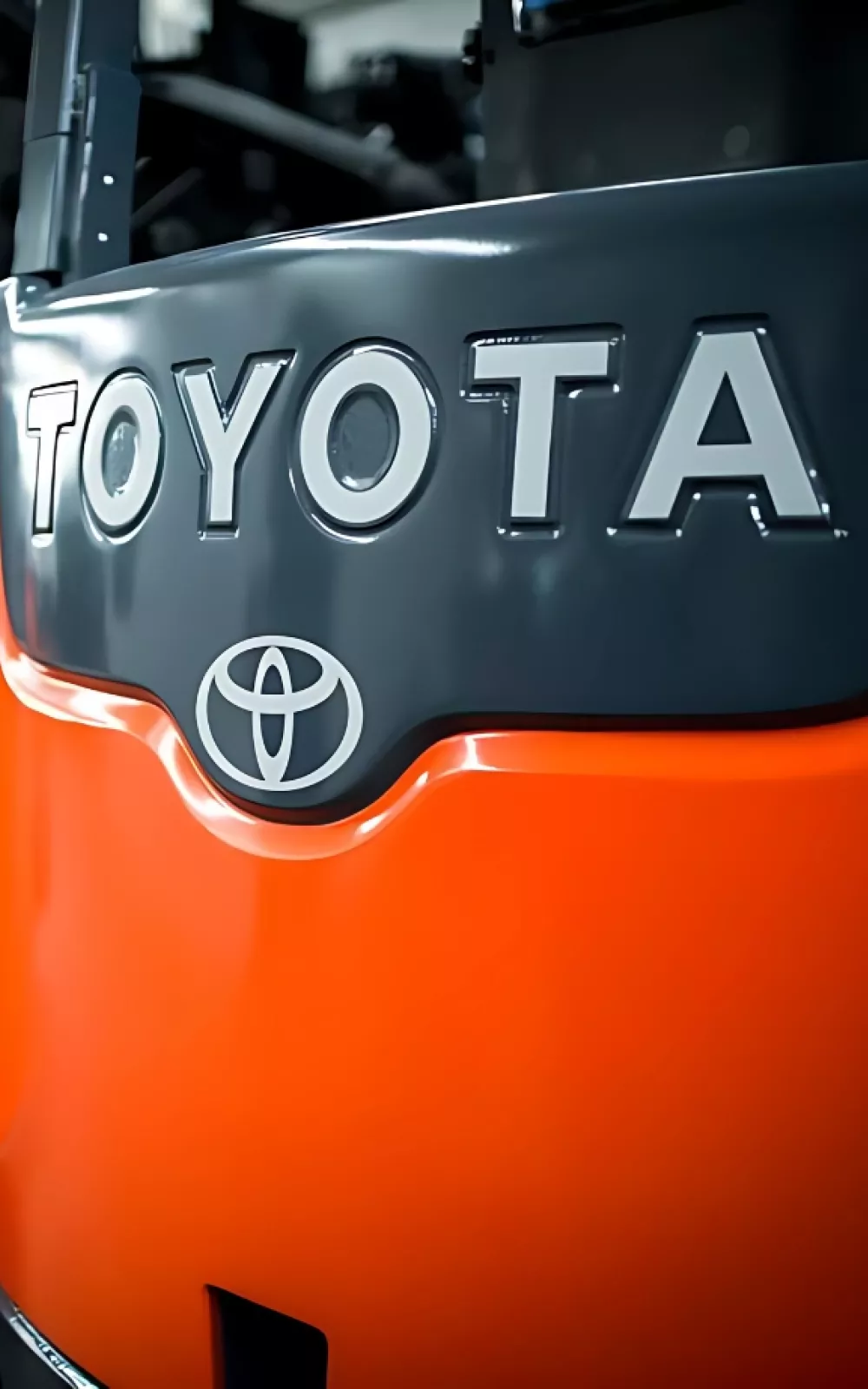Rent
ProLift offers daily, weekly, and monthly rentals. Find the right equipment for maximum productivity and safety.
Let us know how we can assist you! A ProLift specialist will connect with you to help with your material handling needs.
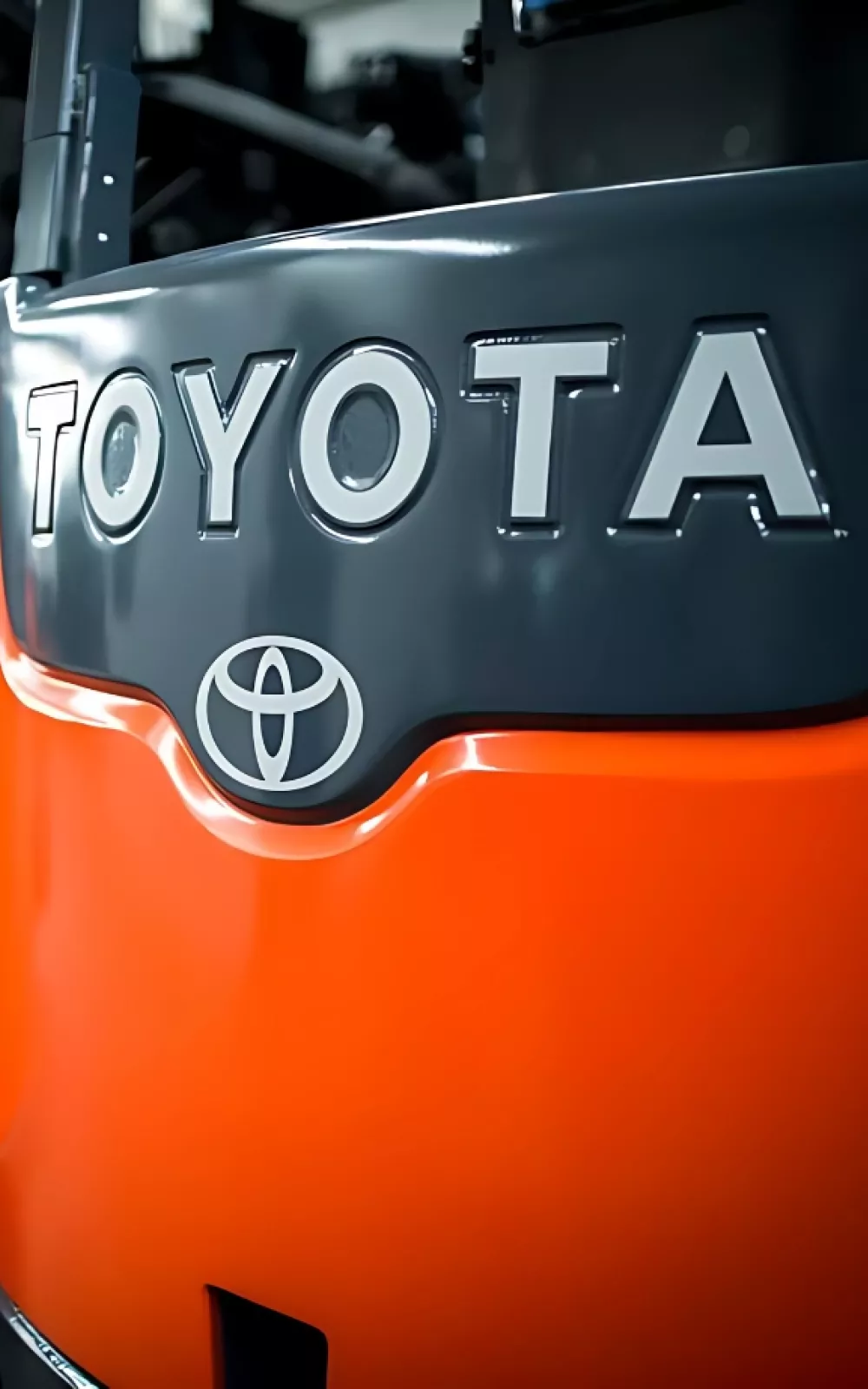
Forklift overhead guards are crucial for operator safety, protecting against falling objects and potential hazards. Learn why regular inspections and proper maintenance of these guards are essential for a safe and compliant workplace.
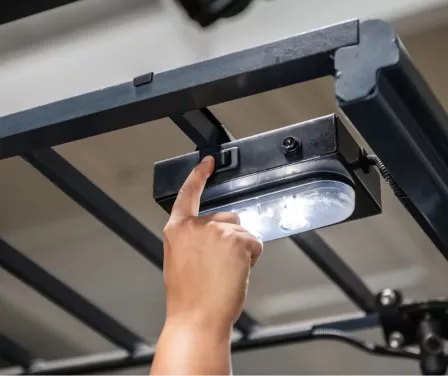
The forklift overhead guard protects an operator from falling loads. Overhead guards for forklifts categorized as Class I, II, IV and V must meet the Falling Object Protection (FOP) requirement. In addition to the FOP standards, Class VII rough terrain forklifts with side operator cab locations must meet the Roll Over Protection (ROP) standard.
It's essential to recognize that overhead guards are not built to withstand the full impact of a maximum-capacity load dropped from a height. Some guards are designed to "crush and deflect," offering protection from smaller or partial loads. When a heavy load hits the overhead guard, the leg absorbing the greatest impact is engineered to crush slightly and redirect the load to one side, enhancing operator safety.
American National Standards Institute (ANSI) does not test deflection capability but does test crush or maximum deformation. A bundle of lumber of a certain weight and size is the designated test load. The load is dropped from a specified height and the overhead guard must maintain minimum distances between the seat and steering wheel.
Welding an overhead guard is not an acceptable repair, and any additions—such as brackets for inventory control equipment, radios, weather protection, or lights—should be mounted using clamp brackets or other manufacturer-approved methods. The design and testing of overhead guards highlight why issues like cracked welds, loose or missing mounting bolts, or bent legs are serious safety concerns, often necessitating replacement of the guard.
Keep your forklift safe for operation. Discuss your concerns with your overhead guard with a ProLift sales consultant or service technician.
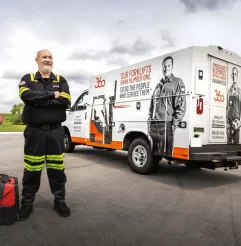
Protect your investment and minimize downtime by selecting from 4 forklift maintenance programs tailored to your needs. These programs are designed based on your usage hours, environment, application, and budget.
OSHA is clear that a damaged or malfunctioning forklift be tagged out and removed from the production floor:
OSHA 1910.178(p)(1)
If at any time a powered industrial truck is found to be in need of repair, defective, or in any way unsafe, the truck shall be taken out of service until it has been restored to safe operating condition.
A damaged OHG fits this criteria and your company should not operate the forklift. Failure to tag out the unit is a choice not to comply with federal law. If an accident or complaint resulted in an OSHA investigation/audit, your non-compliance could be considered willful and carry a heavy fine.
ANSI developed design criteria for the OHG and impact testing for each manufacturer’s design. Working with your forklift dealer, it is possible to submit pictures to the manufacturer for evaluation. The manufacturer can approve continued use of the forklift or recommend full replacement of the OHG.
Have a Toyota forklift with a damaged overhead guard (OHG) or other safety issue? Contact ProLift sales consultant for an onsite visit.
ProLift is your one-stop shop for dock and door, forklift, and industrial battery maintenance. Contact us today to be connected with a sales consultant.
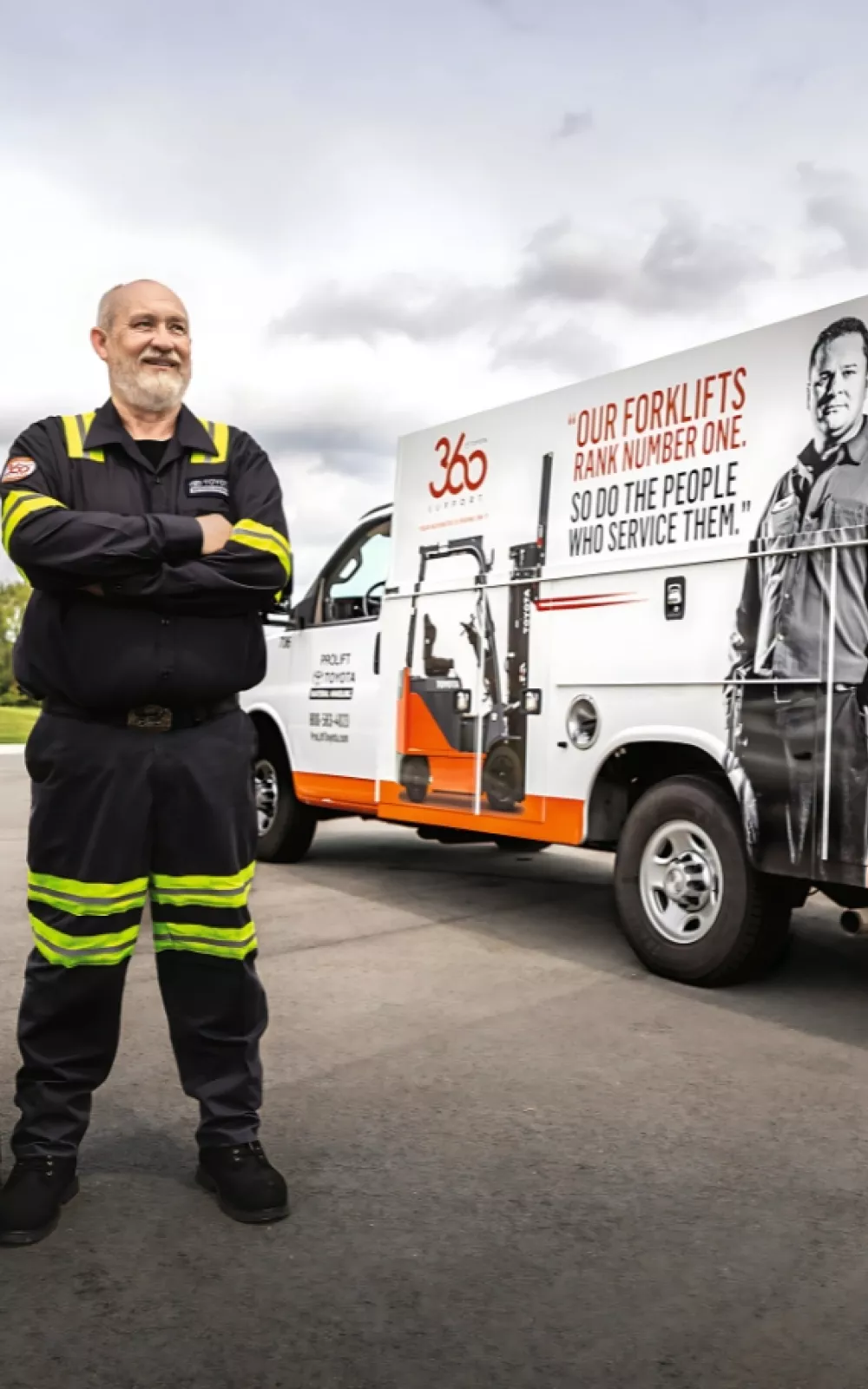
Let us know how we can assist you! A ProLift specialist will connect with you to help with your material handling needs.
